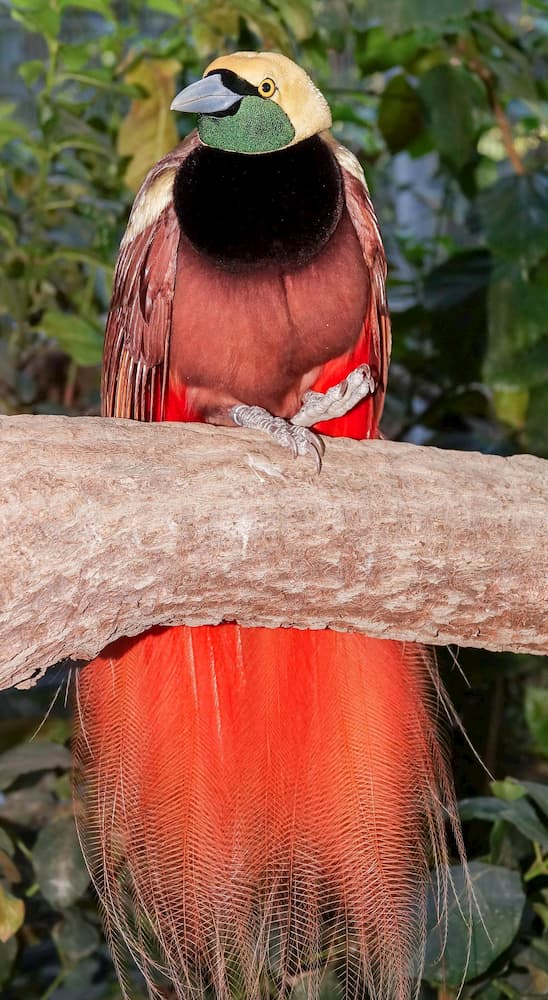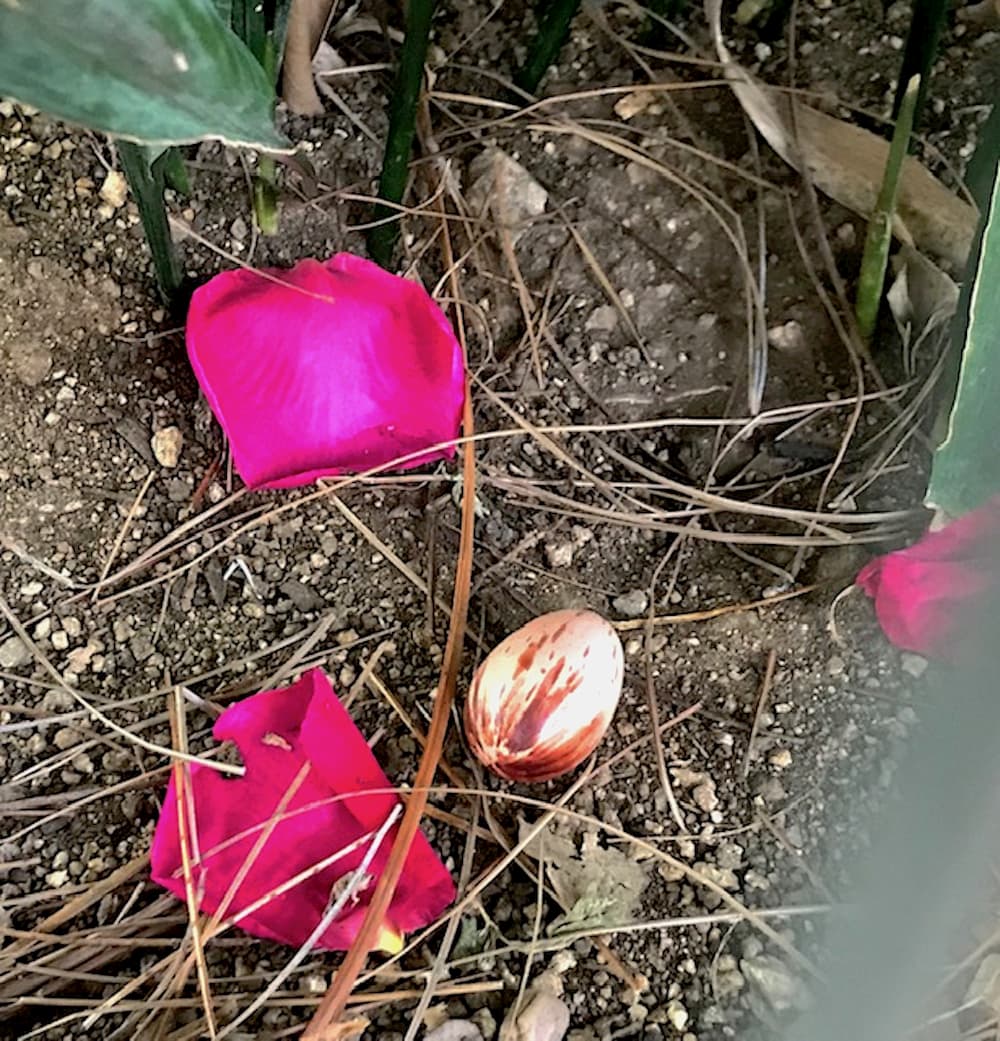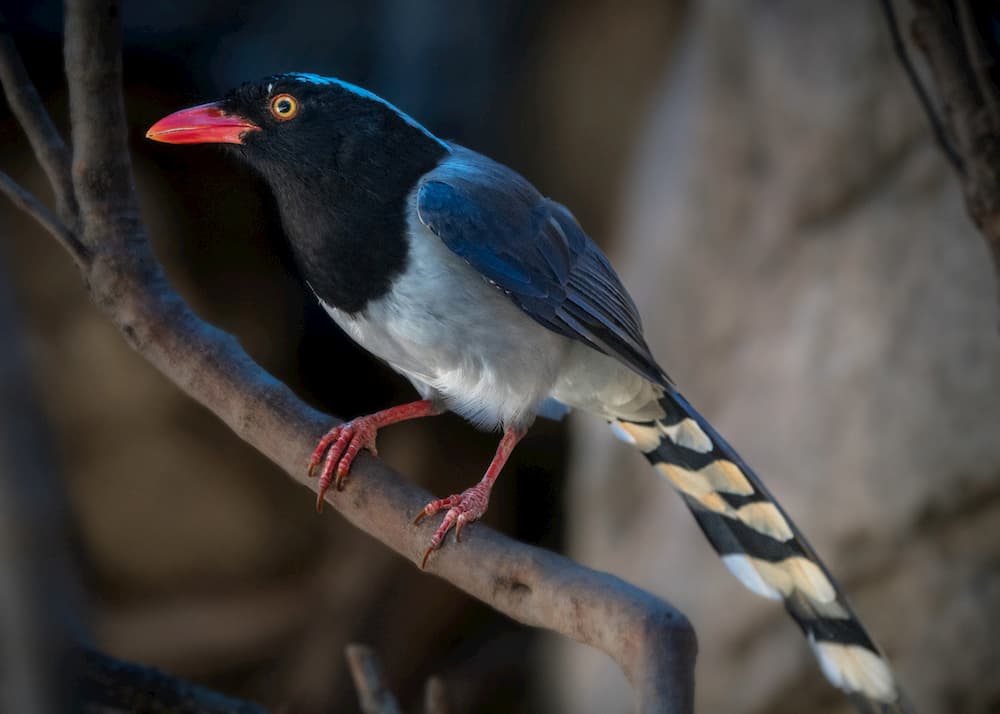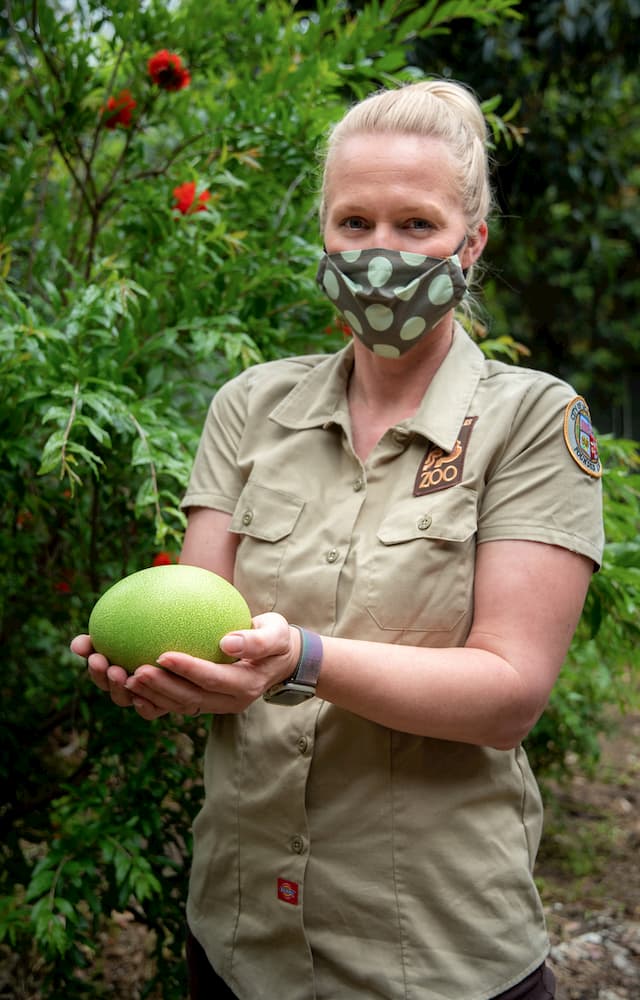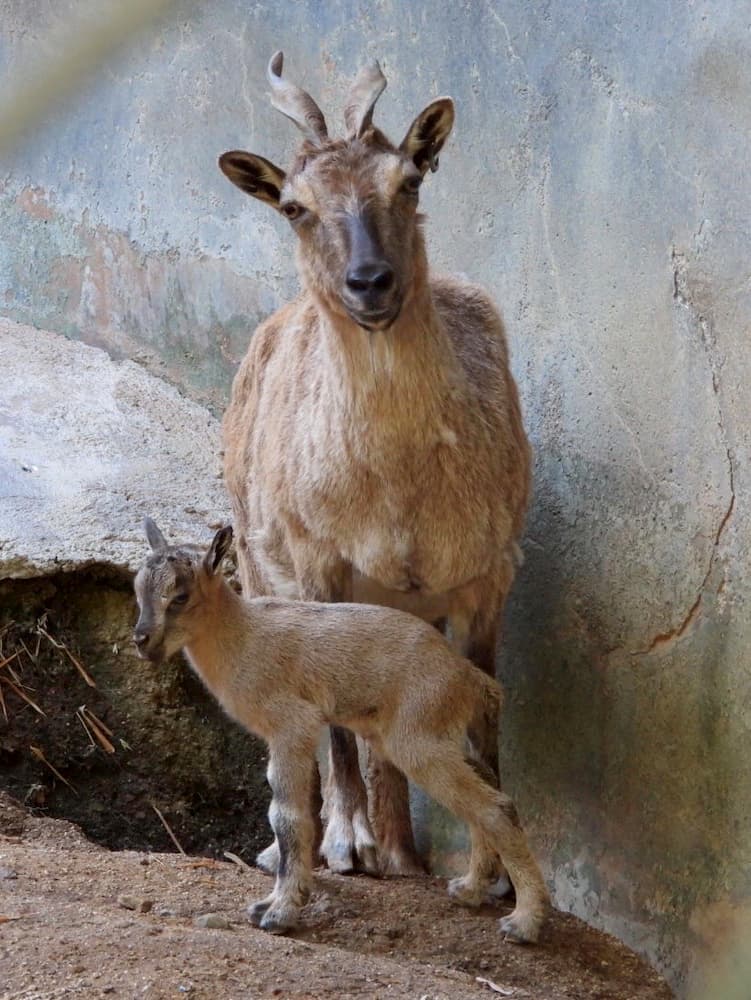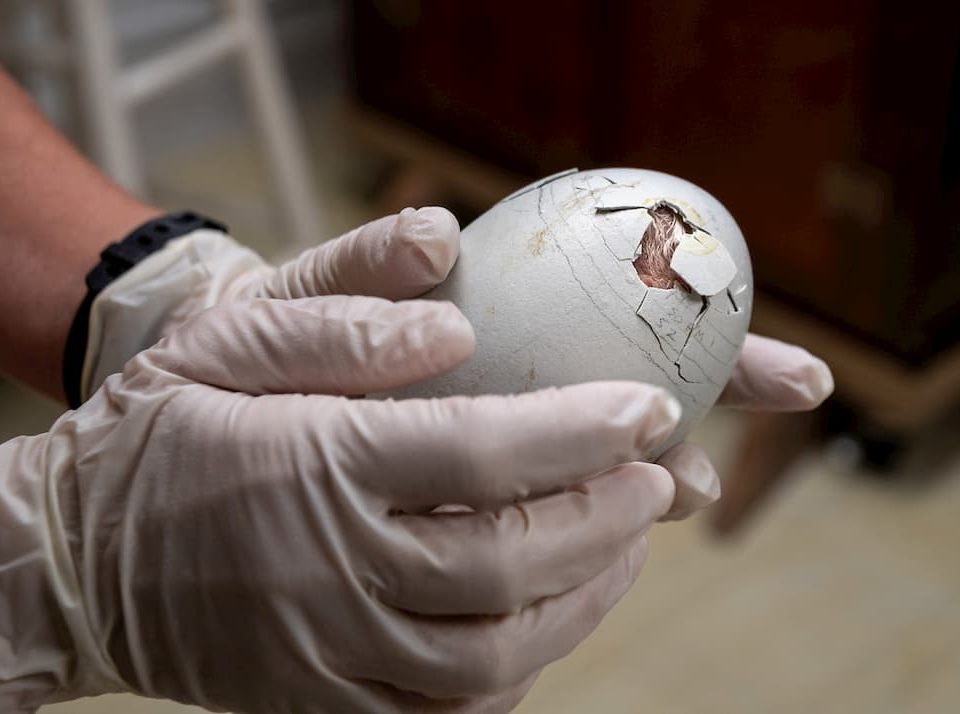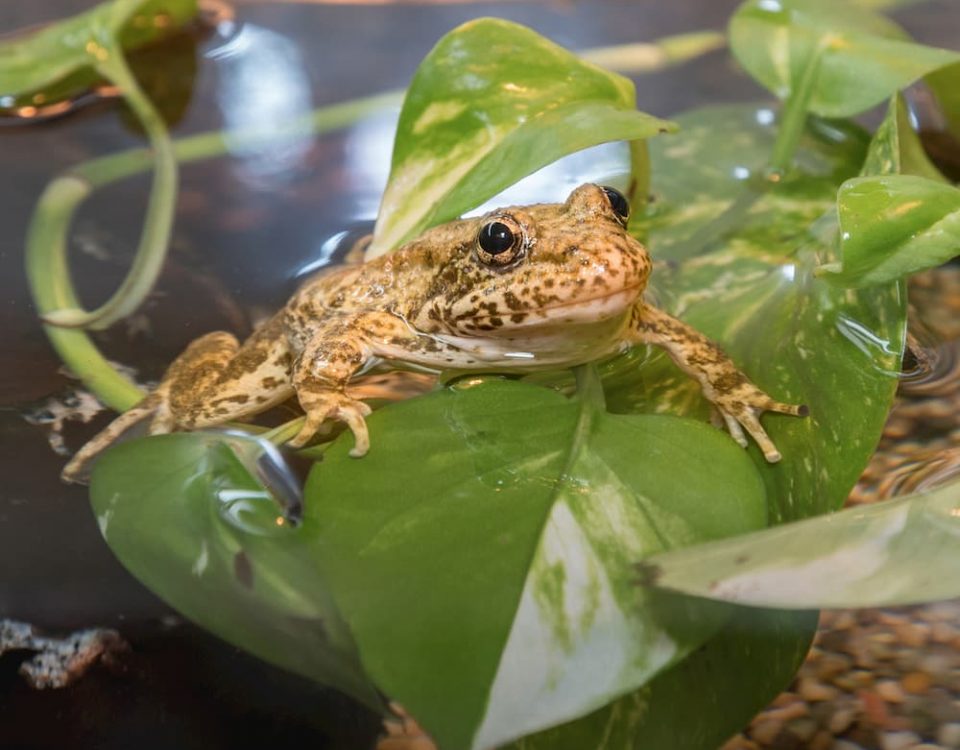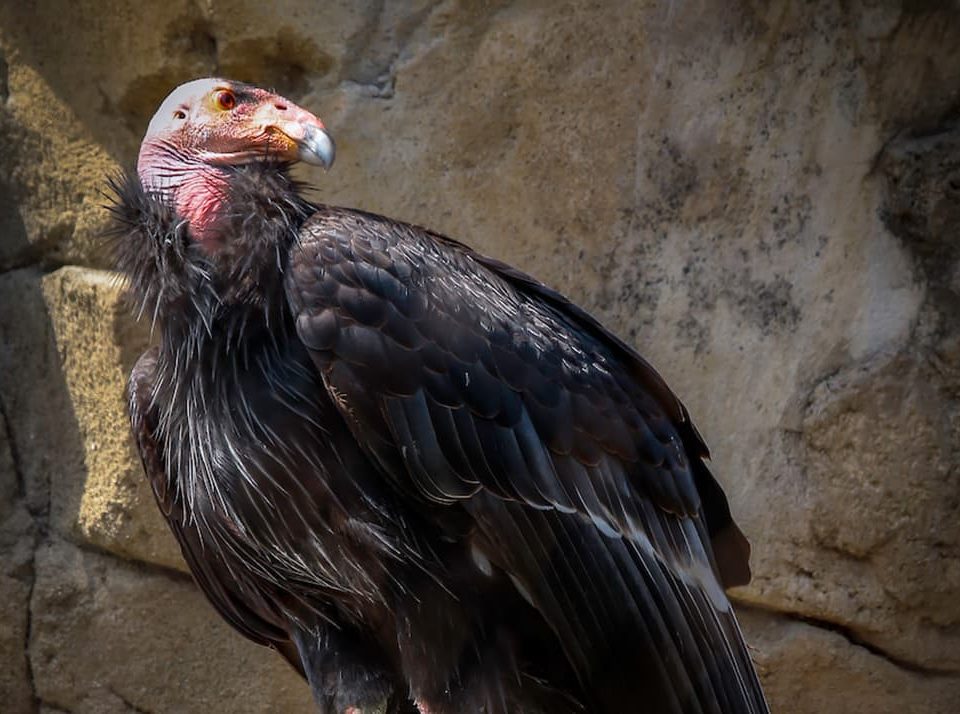New in the Zoo

A Banner Year for Condors
June 29, 2020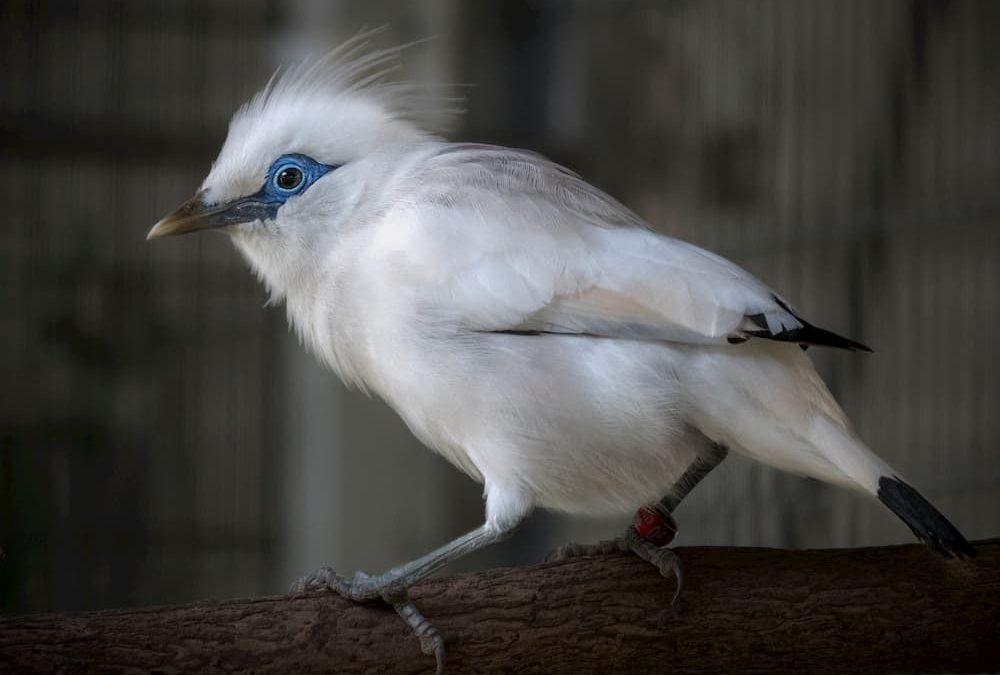
The L.A. Zoo has been involved with Bali mynah conservation for ten years. Photo by Jamie Pham
The L.A. Zoo’s bird department continues to soar through the year with important reproductive successes. In addition to the Cape thick-knee, Congo peafowl, Ross’s turaco, fireback pheasant, and rock dove eggs previously reported in ZOOSCAPE, the speckled mousebirds laid a second clutch and the raggiana birds of paradise produced two eggs this year. This species is distributed widely in southern and northeastern New Guinea, where it is known as kumul or cenderawasih. The name “raggiana” commemorates Francis Raggi, a 19th century Italian aristocrat who was a patron of explorer/naturalist Luigi Maria D’Albertis, who obtained the first specimen of this bird in 1872. The genus Paradisaea includes 39 species; most native to Indonesia, Papua New Guinea, and eastern Australia. Males use their spectacular plumage to impress females during the breeding season.
Four of seven red-billed blue magpie eggs have hatched. “Technically, they were supposed to stop laying at four to five eggs, so they are over-achievers,” comments Lori Rogalski, one of the keepers who tends the Avian Conservation Center (ACC), which is home to these birds and other species that benefit from quieter surroundings. Red-billed blue magpies are native to forests and woodlands of India, China, and Southeast Asia. Although most recently assessed as a species of “Least Concern” because it is common throughout its range, these brightly colored, lively birds are popular in the songbird/pet trade. Like other members of the corvid family (which includes ravens, crows, grackles, and mockingbirds), magpies are adept at mimicking sounds, which adds to their appeal in the pet songbird market. The male in this pair came to the Zoo in 2017 when he was rescued from a confiscation at LAX. This makes him a very valuable member of the species’ breeding program because he is not related to any others in the zoo community. The two females arrived from England’s Chester Zoo in April 2018. The Association of Zoos and Aquariums’ SSP has been struggling with genetics and inbreeding for this species, so the chicks being raised by their parents in the ACC are a great boost for the population.
Yellow-billed magpies are true California natives—found only in oak woodlands of the Central Valley, the Coast Ranges, and the Sierra Nevada foothills. Habitat loss, the spread of West Nile virus, and the increasing frequency and intensity of wildfires have had a negative impact on this species, so it is particularly exciting that the Zoo’s resident breeding group has produced eggs this year even though the eggs proved to not be fertile.
The blue-faced honeyeaters who arrived last summer have also laid eggs. These birds are native to northern and eastern Australia as well as southern New Guinea. About the size of American robins, they live in pairs or small groups and are locally also known as banana birds due to their fondness for the flowers and fruits of banana plants. Unfortunately, this clutch of eggs did not hatch. With many bird species, there is a definite learning curve when it comes to nesting and it sometimes takes a season or two before a breeding pair succeed in raising a brood. This is also true for Bali mynahs, a critically endangered species that the L.A. Zoo has been working with for the past 10 years. The pair housed at the ACC recently laid three eggs, only the second clutch of eggs produced at the Zoo.
It took some time to introduce the skittish male double-wattled cassowary who arrived last year to the resident female, but the two finally mated and the male is now incubating three eggs that are hoped to be fertile. Cassowaries are generally solitary birds outside of breeding season. The male will prepare a nest and then court the female, who is usually the larger of the pair. If he succeeds in breeding with her, she will lay her eggs (an average of four) and then move on to look for other males. (The term for female animals mating with multiple males is “polyandry.”) Male cassowaries incubate the eggs and raise the chicks. So far, ours is doing a great job of tending his nest—an exemplary dad for this month’s Father’s Day observance!
Two Von der Decken's hornbill chicks recently emerged from the nest box before the Memorial Day weekend, but when the mom did not emerge with them, keepers decided to check on her. Taking a peek into the nest box, they discovered a third, much younger chick inside with mom. Most hornbill species display this unusual breeding process where, after mating, the female is sealed into a nest cavity or box with only a narrow aperture left open through which the male delivers food and fresh nesting materials until the eggs have hatched and the chicks are about to fledge. Isolating the mother and offspring by sealing off the nest cavity is an adaptation these birds have developed to protect their eggs and chicks from predators in the wild. Succesful nesting requires a solid bond between the parents.
It has been a record-breaking year for the Zoo’s California condor conservation efforts with 18 eggs laid! This surpasses the 1996 record of 17 eggs in a single season. The first chick was placed with foster parents on March 25 and is thriving.
And the secret to all of this avian activity?
“In the last few years, we have really focused on which species we choose to house at the Zoo,” comments Curator of Birds Mike Maxcy. “We are concentrating on SSP species and have been bringing in recommended individuals to pair up for breeding. That was the hard part; letting the birds do what they do naturally is easy!”
Births in the month of May included a male desert bighorn sheep and a Tadjik markhor—both are doing well with their parents. Bighorn sheep are divided into three subspecies: the Rocky Mountain bighorn sheep (Ovis canadensis canadensis), the Sierra Nevada bighorn sheep (Ovis canadensis sierrae), and the desert bighorn sheep (Ovis canadensis nelsoni). The Sierra Nevada and desert subspecies are endangered. The Tadjik markhor is a large goat species native to central Asia, Karakoram, and the Himalayas. Since 2015 it has been considered “Near Threatened” by the International Union for the Conservation of Nature (IUCN), which is an improvement over its previous “Endangered” status. Thanks to conservation projects in the field and at zoos, populations have been stabilizing.
The 25 fringe-limbed tree frogs that hatched in January (our first babies of the New Year) have completed their metamorphosis into froglets. When they have grown large enough, some will find new homes at other accredited zoos.
Did You Know?
Did you know that, just like mammal babies prior to birth, bird babies need to be in the proper position before they can hatch? By the time a chick is ready to break out of the shell, conditions inside the egg are fairly cramped, and if the chick has not rotated correctly, it can suffocate. This is called a “malposition,” and the Zoo’s condor staff has had extensive experience with assisted hatching in this situation. Condor Keeper Michael Clark made this video a few years ago to help other condor keepers and biologists by showing and explaining how to assist a malpositioned chick so that it can successfully break out of its shell.
“This egg cannot hatch because the embryo is in what is considered a lethal malposition in most all birds,” Clark explains in accompanying text. “Here is a technique of perforating the shell for a chick that is all but hatched but can’t quite rotate on its own. Using the knuckle of my pointer finger a controlled depth of maybe 1/4 inch is pressed into the shell, perforating it so that the chick can escape the egg in time. The parents will instinctively remove the small broken pieces of shell to aid the chick as well. This should be done only after the chick is overdue or if you can confirm there is no active vesseling*. It has been taken out of the incubator and is going to be placed with foster parents to rear it. But before we relinquish control over it, we need to know that it can escape the confines of its egg. The other keeper feeds the pair and distracts them so they are not focused on the nest temporarily. The perforation is done just before placement so that it doesn’t hatch before it can be placed.”
* When an egg is ready to hatch, the blood vessels inside it that were active during the chick's development shut down. In order to avoid bleeding, an assist hatch can be performed only after the egg is overdue and those vessels are inactive.


